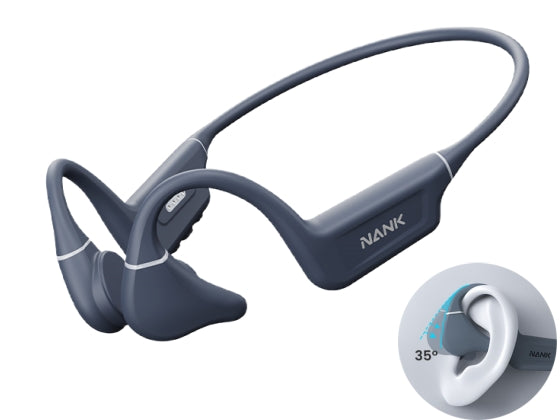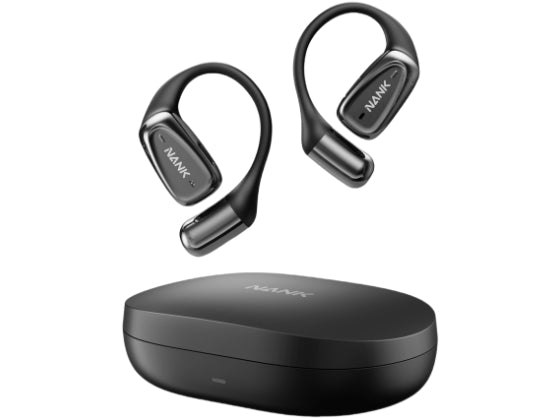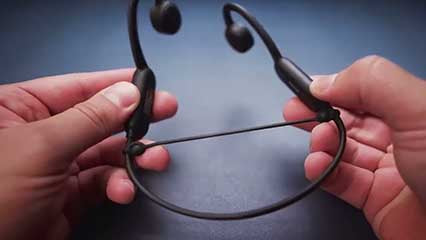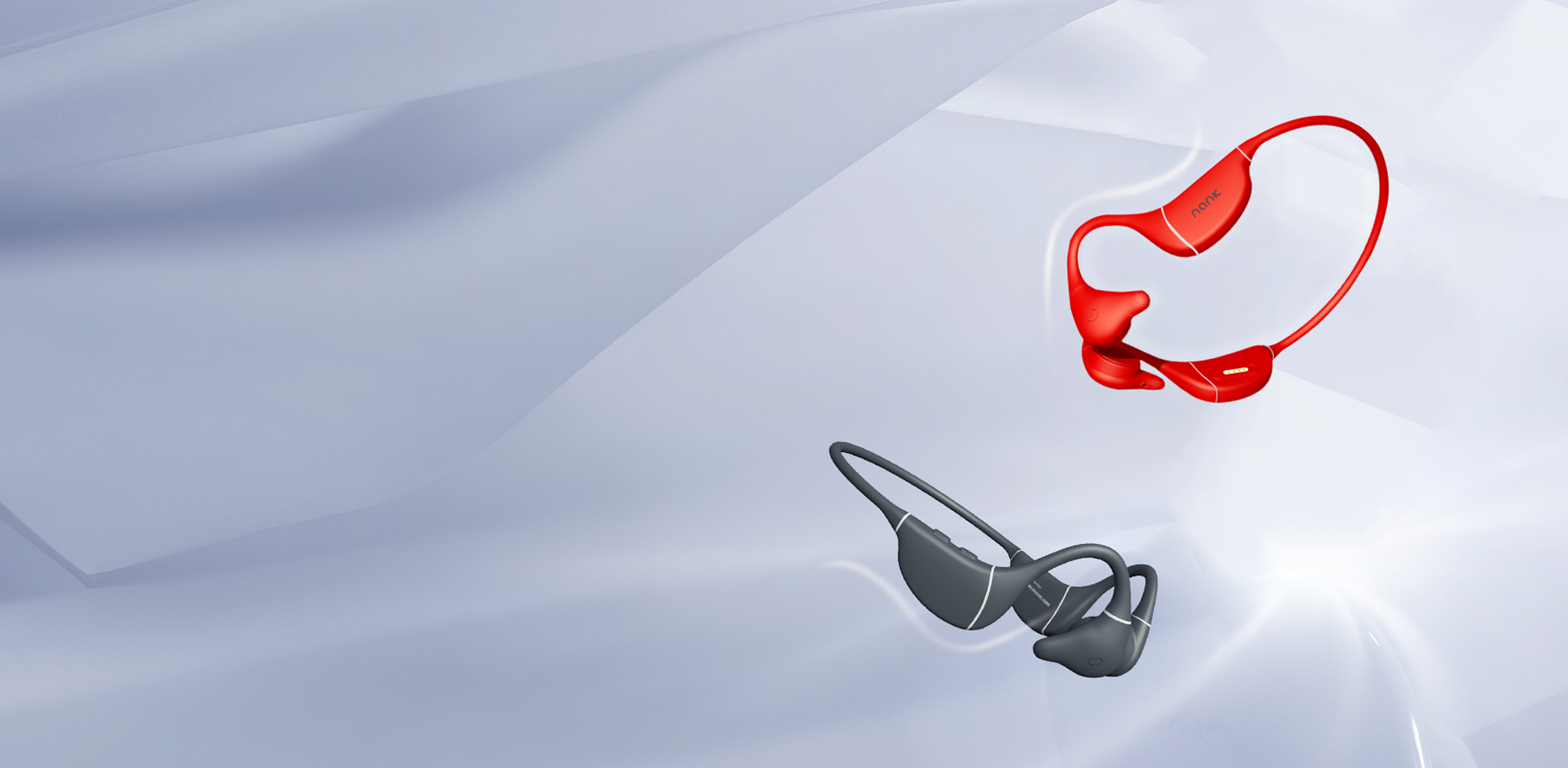As a seasoned designer with over a decade of experience in crafting open ear headphones, I aim to unravel the intricate workings of these audio marvels. In this comprehensive exploration, we will delve into the multifaceted dimensions of how open ear headphones work, touching upon design principles, acoustic transparency, technological innovations, and their impact on user experiences.
Understanding the Essence: How Do Open Ear Headphones Work?
1. Design Architecture:
Open ear headphones, often referred to as open-back headphones, distinguish themselves through a unique design that permits the outward flow of sound. Unlike their closed-back counterparts, open ear headphones incorporate perforated ear cups or grilles, facilitating the escape of sound waves. This open design creates a more natural and immersive auditory experience.
2. Acoustic Transparency:
The core principle behind open ear headphones lies in their emphasis on acoustic transparency. By allowing sound to pass freely through the ear cups, these headphones mitigate sound reflections that can occur in closed-back designs. This results in a more accurate and realistic representation of audio, contributing to a heightened listening experience.
3. Interaction with External Environment:
The open-back design enables a dynamic interaction between the headphone's drivers and the external environment. This interaction influences the sound signature, providing a more authentic representation of music, especially in terms of spatial awareness and instrument separation.
4. Ventilation and Comfort:
Beyond sound considerations, the ventilation afforded by open ear headphones contributes to prolonged comfort during extended use. The absence of a sealed ear cup minimizes heat buildup, a common concern with closed-back headphones. Users can enjoy extended listening sessions without compromising comfort.
Technological Innovations in Open Ear Headphones:
1. Driver Technologies:
Open ear headphones leverage various driver technologies to deliver superior audio quality. Planar magnetic drivers and dynamic drivers are commonly employed, each offering unique advantages. Planar magnetic drivers excel in fast response times and reduced distortion, while dynamic drivers contribute to deep bass and dynamic range.
2. Acoustic Isolation Techniques:
While the primary characteristic of open ear headphones is their open-back design, modern innovations incorporate advanced acoustic isolation techniques. These may include the strategic use of damping materials and intricate ear cup designs, striking a balance between the benefits of an open-back structure and controlled sound leakage.
3. Cable and Connectivity:
Open ear headphones often feature detachable cables, providing users with the flexibility to customize their listening experience. Additionally, advancements in connectivity, such as Bluetooth integration, offer a wireless dimension to open ear headphones, further enhancing user convenience.
Impact on User Experience:
1. Audiophile Appreciation:
Open ear headphones have gained acclaim among audiophiles for their ability to create a wide soundstage, precise imaging, and an authentic representation of musical elements. Audiophiles appreciate the transparency of the sound signature, enabling them to discern intricate details in their favorite compositions.
2. Professional Audio Production:
Professionals in audio production, particularly those involved in tasks like mixing and mastering, prefer open ear headphones. The accurate sound reproduction and spatial awareness facilitated by these headphones contribute to precise decision-making in the studio.
3. Gaming and Virtual Reality:
The immersive soundstage of open ear headphones enhances the gaming and virtual reality experience. Gamers benefit from accurate spatial awareness, allowing them to pinpoint directional cues within the game environment.
References and Academic Insights:
1. "Acoustic Implications of Open Ear Headphone Design" - Journal of Audio Engineering Society
- This academic article delves into the acoustic implications and benefits of the open-back design in headphones, providing insights into its impact on sound quality.
- A comprehensive analysis comparing different driver technologies employed in open ear headphones, shedding light on their respective strengths and applications.
3. "Evolution of Open Ear Headphone Design: A Historical Perspective" - Audio Technology Journal
- This journal article offers a historical overview of the evolution of open ear headphone design, tracing the technological advancements that have shaped their development.
FAQ: Frequently Asked Questions
Q1: Do open ear headphones provide noise isolation?
A1: Open ear headphones are designed for acoustic transparency and do not offer the same level of noise isolation as closed-back headphones. They are more suitable for quiet listening environments.
Q2: Can open ear headphones be used for professional audio production?
A2: Yes, open ear headphones are commonly used in professional audio production, particularly for tasks like mixing and mastering, due to their accurate sound reproduction and spatial awareness.
Q3: What advantages do open ear headphones offer for gaming?
A3: The wide soundstage of open ear headphones enhances the gaming experience by providing accurate spatial awareness, allowing users to pinpoint directional cues within the game environment.








